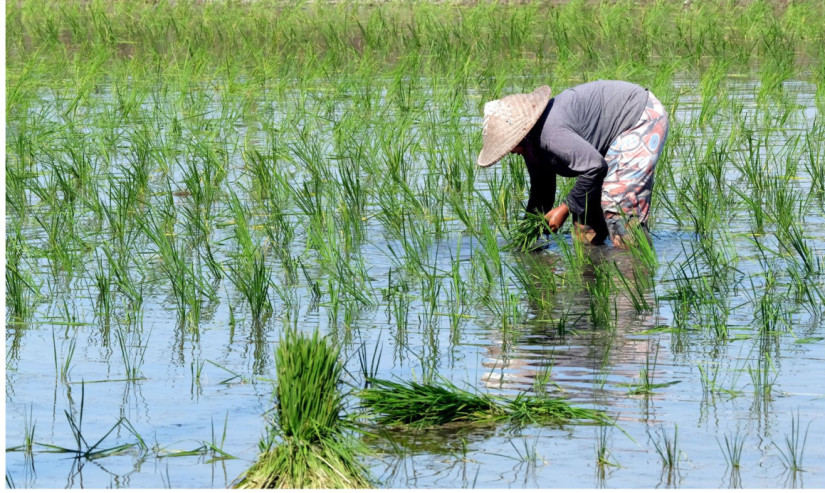
The impact of climate change is threatening the sustainability of human life. From high temperatures to prolonged drought, the threat of famine is becoming apparent.
Every nation agrees to promote efforts to reduce carbon emissions through various sectors, including biotechnology. The UGM Graduate School raised this issue in a national seminar themed “Biotechnology Approach for Green Transition” on Saturday (October 21).
Green biotechnology innovation is introduced as one of the efforts to support environmentally friendly green cultivation. Data from Low Carbon Development Indonesia indicates that the agricultural sector contributes at least 13% of total carbon emissions in Indonesia.
Additionally, agriculture is one of the most vulnerable sectors to climate change. Green biotechnology utilizes genetic engineering, plant differentiation, biofertilizers, and more to minimize carbon emission production.
Moreover, biotechnology development can bolster plant resilience against climate change, particularly for food crops.
“Green biotechnology not only increases the quantity but also the quality of plants, particularly food crops like rice. In this research, pigmented rice is very intriguing,” said Dr. Yekti Asih Purwestri, an expert at the UGM Center for Biotechnology Studies.
“Besides having higher nutritional value than white rice, it can be used as a model for studying the resilience mechanisms against biotic and abiotic stress.”
Pigmented rice, such as red rice, cempo ireng, and inpari arumba, has not yet gained widespread consumption among the community despite having higher nutritional content and lower sugar than white rice.
The white rice variety predominantly produced in Indonesia often experiences crop failures due to pests like Xanthomonas oryzae pv. Oryzae or leaf blight.
This pest causes some leaves to turn brown and hampers optimal rice growth. Interestingly, the research revealed that pigmented rice is significantly more resistant to this pest.
“We conducted research by infecting the plants, then we checked how the plants withstand bacteria. We found that pari ireng and cempo ireng have resistance against xoo bacteria,” mentioned Asih.
Besides innovation in food crops, bamboo is a plant that surprisingly holds excellent potential for various industries. Bamboo has been known for its use in making household furniture, food ingredients, and musical instruments, though mainly on a small scale.
Marc Peeters from PT Bambu Nusa Verde highlighted the various potential applications of bamboo in industries.
“China has widely utilized bamboo. Bamboo can be processed for many purposes, including industries, textiles, food, medicines, and housing. In China, most of the population uses bamboo,” explained Peeters.
Peeters also emphasized that bamboo utilization needs to be aligned with the plant’s varieties and their respective requirements. Different types of bamboo possess varying levels of resilience and strength.
Brittle bamboo types cannot be used as building foundations. Conversely, dense and robust bamboo types would be wasted if used merely for decorative purposes.
Therefore, research and technology are necessary to identify suitable bamboo varieties or pursue crossbreeding efforts to maximize the bamboo harvest.
Both bamboo and rice innovations are part of the efforts to meet the Sustainable Development Goals (SDGs) outlined by the UN.
The sustainability aspect is increasingly important to ensure life in the future. Rather than competing to market innovative solutions for climate adaptation, collaboration and commitment are vital in facing the challenges that lie ahead.
Author: Tasya

